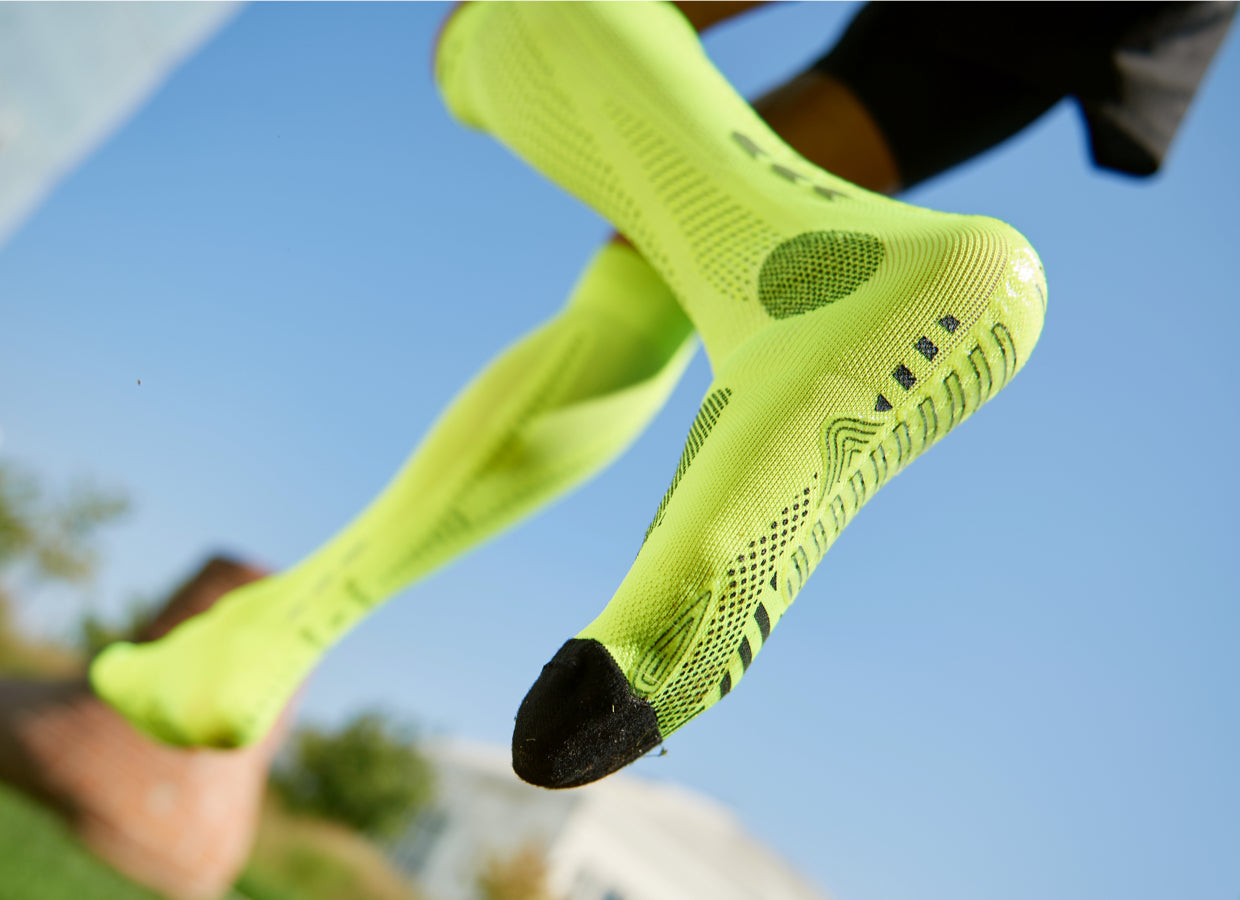-
The importance of recovery times in a training cycle
-
How to calculate training recovery times
-
Tools for calculating recovery times between workouts
Regardless of the fitness goals we set, our body needs breaks to regenerate and improve its performance. While it's not always easy to slow down, it's essential to give yourself time to recover from your training session. Failure to recover muscles risks having harmful consequences on the body: muscle pain, overfatigue and greater risk of injuries, until reaching phases of stagnation or even regression.
Sports, in itself, is intentional stress. If you want to make progress, it is inevitable to challenge your limits by bringing the body into a state of imbalance, but it is equally important to ensure recovery time for muscle mass and restore balance. Let's see why.
The importance of recovery times in a training cycle
Recovery is the time needed for the body to repair the muscle damage caused by intense sporting practice and re-establish optimal conditions to tackle a new training session. It is essential not only for muscles, but also for tissue repair and replenishing physical strength. A muscle needs 24 to 48 hours to repair and rebuild itself, freeing itself from accumulated lactic acid: choose a workout without recovery time and make the muscles work without allowing them the right rest (for example by going for a run every day), it could lead to the rupture of the tissues that compose it.
Muscle growth and performance improvement depend on how well and how quickly you can achieve complete muscle recovery. Furthermore, with the right recovery, the body is much more resilient and less prone to injuries. If recovery takes too long (for example if it involves a week's break from training) it may be a sign that the amount of training sessions is too much to metabolise and should be reduced in frequency or intensity. Finally, recovery also serves to mentally detach and therefore have a fresh mind every time you resume training.

How to calculate training recovery times
Calculating rest times can be very useful for optimizing recovery between training sessions, whether passive recovery (relying solely on the body's natural recovery abilities to compensate for the training load) or recovery active (use a series of measures to stimulate the body during days or rest day). There are different modes; here are the two main ones.
Functional evaluation test
To establish whether you need to intensify your training times or whether you are already training correctly, you need to take your resting pulse, run for 40 meters and note the travel time multiplied by 1.5, rest for 3 minutes, repeat the sequence for 4 times at the established speed, note the heartbeats immediately at the end and after 1, 3, 5 and 7 minutes: if after 3 minutes the heart rate has returned close to the starting values, you are in good shape.
Recovery index test
Recovery capacity is expressed in technical terms through the recovery index (RI). To calculate it you need to walk for one mile (1609 meters) at the maximum possible speed: the RI is equal to the maximum heart rate detected during the test minus the heart rate detected 3 minutes after the end of the test, divided by the maximum heart rate of the test minus your resting heart rate, all multiplied by 100: a good RI is above 30-40.

Tools to calculate recovery times between workouts
Today many sports smartwatches, with or without combination with a heart rate monitor, are able to detect and provide the user with a whole series of physiological measurements on the state of training and physical condition, to the point of giving precise indications on muscle recovery times after training: among the main ones, Garmin (recovery time marked in hours) and Suunto (recovery time calculated based on the duration and intensity of the recorded activities). The balance between workload and rest is in fact one of the most important parameters to keep under control when calibrating your training program.
The value shown indicates the time necessary to recover completely before being able to tackle a race or hard training, but recovery does not mean absolute rest, but rather active recovery (which can be interspersed with a walk, a exhaustion, or, in the case of recovery time from leg training, from a gym session for the upper body). Furthermore, the time indicated is cumulative between one training session and another: if you train before the recovery time has expired (for example if you choose to run two days in a row), the new accumulated time is added to that remaining from the previous training session.




